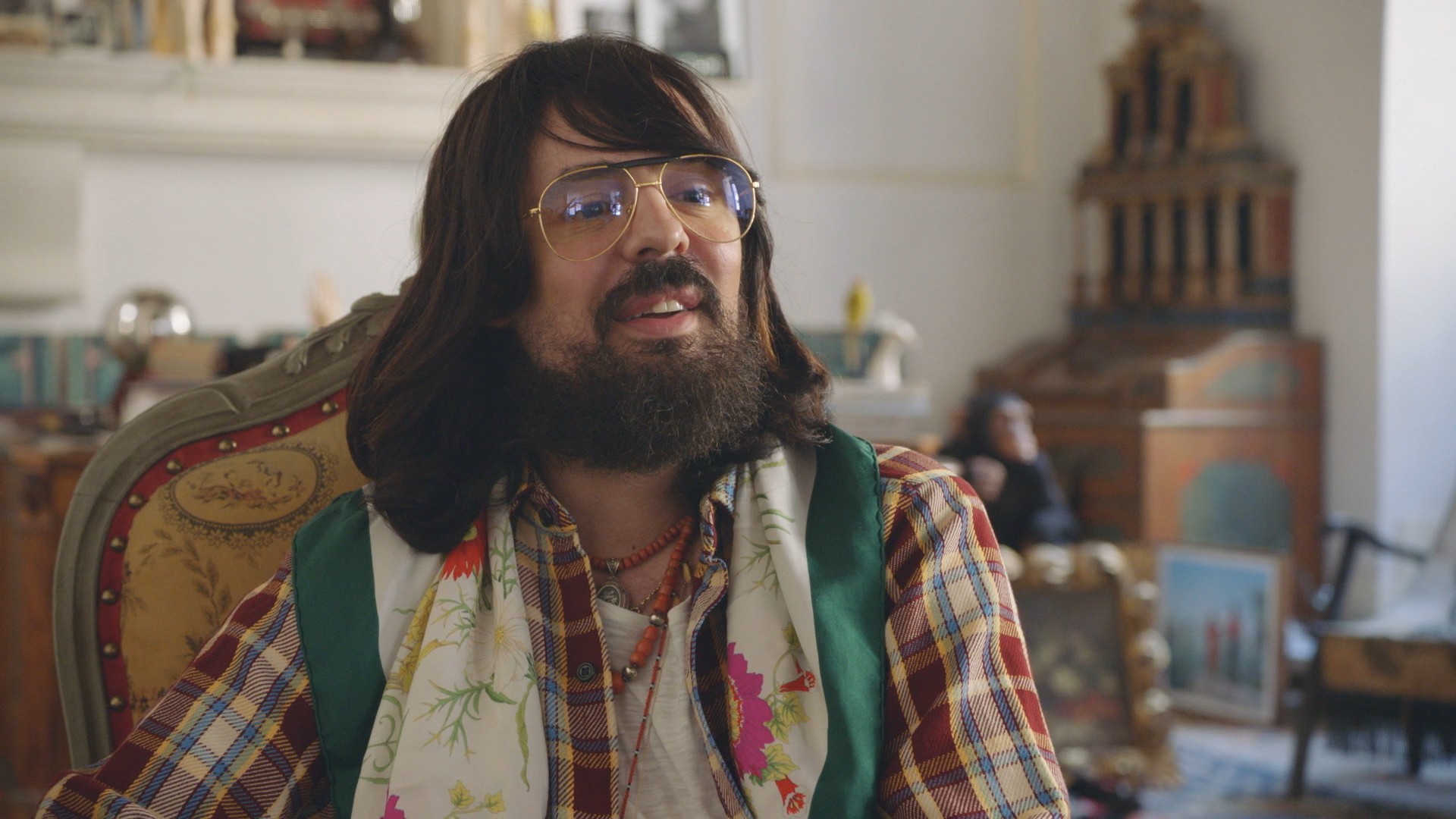Some schools have very strict rules when it comes to students’ uniforms. Photo: Klaus Vedfelt, Getty Images
I was a model student, if I do say so myself. I got straight As, was hardly ever late, always wore a perfectly starched white uniform and polished leather shoes, participated in a good mix of extracurricular activities, and had zero (recorded) cases of cheating or rowdiness. I attended the same co-ed Catholic school in the Philippines from age 5 to 18, and in the eyes of my teachers, I must have been a poster boy for school rules.But in my eyes, the rules were wack.My school had a haircut policy for boys. At the beginning of every month, a prefect would line us up outside our classrooms and look closely at where the ends of our hair fell. Running a pen or ruler down the sides of our faces and the backs of our heads, they’d make sure the strands did not touch our ears or the backs of our collars. Otherwise, they’d threaten to cut it. I don’t know if these impromptu haircuts ever actually happened, but I do vividly remember the green scissors our prefect spun around her fingers. I asked her once why boys weren’t allowed to grow their hair, when Jesus—a man we were meant to emulate—was depicted all around campus as having long, luscious locks. She told me to go back to my classroom.Girls, in my school and in others around the country, had their own struggles against the prescribed uniform.“The color of the hair tie that you use has to be on-brand with the school. You can either wear the school hair tie, or you can wear black, white, or brown. That’s it, you can’t wear any other color because it’s too distracting, or whatever. I couldn’t even understand why,” recalled 26-year-old Isabel, who went to an all-girls school and preferred to go by a pseudonym because she did not want to be recognized for criticizing it. I don’t recall my school having any rules around hair ties but it did ban girls from wearing colored bras, which teachers claimed could attract the attention of male students. Some schools had rules for nail length (very little of the white tips), while others had ones for sock color (white only). Some required students to attend mass every Sunday and ask the priest to sign a piece of paper as proof, while others blasted prayers on campus, during which students had to stand up and were not allowed to move until the voice said “Amen.” For prom, some schools required female students to submit their dress designs for approval by teachers. On one hand, it’s hard to imagine things being any different, if only because we put up with it for so long. On the other, it feels off for schools to still implement these kinds of rules now, as perceptions on discipline, education, gender, and individuality have evolved. Andrea Legaspi is from Bacolod, a city in the Visayas region where the local language is Hiligaynon. She recalls how her high school had an “English Only Policy,” a fairly common rule in schools all over the Philippines. “You’re supposed to talk to teachers and students in English, unless it was Filipino class or Filipino week,” she said, laughing.She doesn’t recall anybody being punished for breaking the rule, but teachers did remind students to follow it even during recess and lunch breaks. Miguel Punzalan, who went to a school in Rizal province, remembers the oft-debated practice of schools segregating students based on academic performance, with those they consider exemplary grouped together in one “section.”“Shit is wack because you’re piling all the good ones into a star section that’s set up to be a success post-high school, while lumping together at-risk students in ones that are doomed to fail, causing further delays and diminishing academic progress among peers,” he said. Of course, the Philippines isn’t the only country with questionable school rules. In Japan, some students with hair that isn’t black or straight are required to submit proof that their hair is naturally otherwise. Meanwhile, many schools in India have restrictions on girls and boys interacting with one another.  Not much can be changed for those of us who have already made it through our school systems and chalked these questionable rules up to necessary experience, but I hope school rules make more sense now. Times are changing, and these rules should, too. And in case any of my high school teachers are reading this, I quote Olivia Rodrigo: hope ur ok.Follow Romano Santos on Instagram.
Not much can be changed for those of us who have already made it through our school systems and chalked these questionable rules up to necessary experience, but I hope school rules make more sense now. Times are changing, and these rules should, too. And in case any of my high school teachers are reading this, I quote Olivia Rodrigo: hope ur ok.Follow Romano Santos on Instagram.
Advertisement
Advertisement
Advertisement

